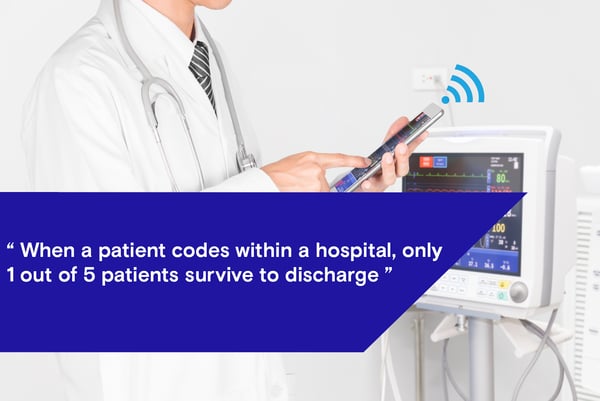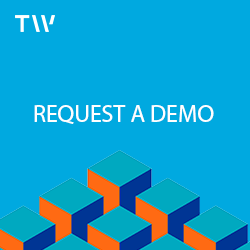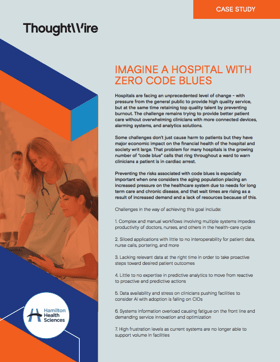A nurse walks into her patient room and finds the patient unconscious.
"Between 30-180 seconds of oxygen deprivation, you may lose consciousness. At the one-minute mark, brain cells begin dying."
She shouts for help and presses on the code blue button signifying a cardiac/respiratory arrest.
"At three minutes, neurons suffer more extensive damage, and lasting brain damage becomes more likely."
Flustered, she is unable to recall the patient's code status and asks her team members to quickly look it up in the patient chart (code status ranges from 'Do Not Resuscitate' (DNR) where little to nothing is done, to 'Full Code' where all life-saving measures are conducted, and everything in between). Moments later, another nurse shouts out "The patient has a Partial Code Status!"
"At five minutes, death becomes imminent."
The nurse runs through a checklist in her head trying to make sure she does everything she is supposed to before the code blue team arrives. She's racing to save the patient's life.
"At 10 minutes, even if the brain remains alive, a coma and lasting brain damage are almost inevitable."
"At 15 minutes, survival becomes nearly impossible."
The code blue team has done everything within their power to save the patient's life... But they were not successful, and the patient has passed.
"When a patient codes within a hospital, only 1 out of 5 patients survive to discharge."
Time, a finite resource that everyone feels they have an abundance of, but when they need it, they never have enough. Nowhere is this truer than in the healthcare environment, where days, weeks, even months can pass for a patient with no change in status, but in a matter of seconds, everything can flip around.

When the big wave of electronic health systems was first emerging in the early 2000s, it came with many promises: faster documentation, no transcription or translation errors, better safety and security of private health data, less time charting and more time with patients. Here we are nearly two decades later where many of the promises have been realized, however, the promise of giving more time back to clinicians certainly has not!
A study where nurses were observed found that nurses spent an average of 33% of their shift interacting with technology including time in the EMR (Higgins, 2016). This is not to say that before electronic health systems, staff was not spending the same amount or more time in patient charts and records, but there were limitations. When there was only one patient chart, only one clinician could be viewing it at a given time; staff who also needed to view that chart would go and do other work until it became available. More accessibility meant more ingestion of the patient’s information and staff notes… right?
A study conducted by Hripcsak and his team uncovered that fewer than 20% of nurses’ notes were read by attendings or residents and only 38% of their notes were read by other nurses (Hripcsak, 2011). What happened during the paradigm shift of digitizing notes that caused them to stop being read? The form. It all boils down to the advantage of discrete structured data points versus unstructured free text notes. For example, it is a lot easier to find a Respiratory data point in the Respiratory assessment section, compared to trying to find it in a progress note. But that’s all that is captured within that data point, little to no context or extra information related to it. Simply put, even though digital health made entering in data easier, it has made ingesting it a lot more fragmented.
The fact that clinical staff is not ingesting as much of their fellow staff notes is a wicked problem that isn’t going away anytime soon. Advancements in natural language processing and free text parsers will be the key to tackling that issue, but until then what can be done? Give your clinicians more time. Good healthcare solutions are ones that net the users more time to spend with their patients. They are intuitive and do not require extensive training, they have a gentle learning to mastery curve, and most importantly, they fit into the existing workflows.
Many solutions have been developed to tackle the wicked problems that have evolved from digital health, but they are only addressing the symptoms. With advancements in digital twin technology and holistic health information system platforms, the timing has never been better to start tackling the problems head-on. Do not let the massive amount of inbound health data starve your health system of valuable time.
References






